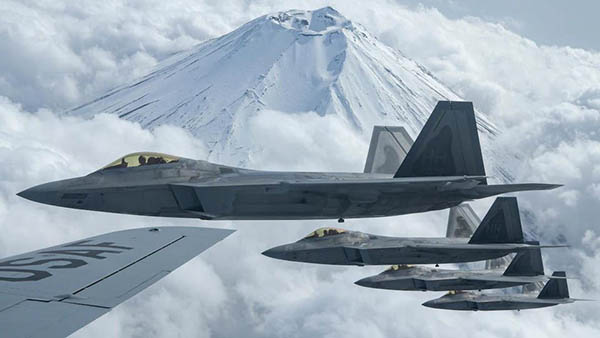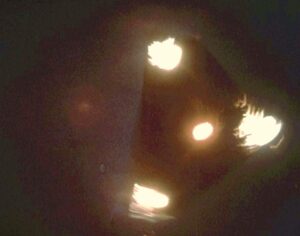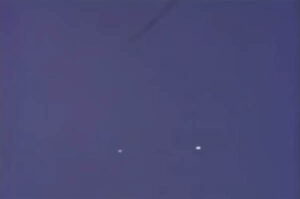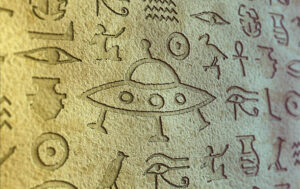Project Blue Book was a U.S. Air Force program that investigated UFO sightings from 1952 to 1969. The program collected and analyzed thousands of reports of UFO sightings, with the goal of determining whether UFOs were a threat to national security. The program has been the subject of much controversy and speculation, and its legacy continues to be debated to this day.
Origins of Project Blue Book
Project Blue Book was created in 1952, following a surge in UFO sightings across the United States. The Air Force established the program to investigate these sightings and determine whether they posed a threat to national security. The program was initially called Project Sign, but its name was changed to Project Grudge and then to Project Blue Book in 1954.
Goals of Project Blue Book
The primary goal of Project Blue Book was to investigate and analyze reports of UFO sightings. The program collected thousands of reports from civilians, military personnel, and commercial airline pilots, and conducted extensive investigations into these sightings. The program also sought to determine whether UFOs were a threat to national security, and whether they represented advanced technology from foreign countries.
Methodology of Project Blue Book
The methodology of Project Blue Book varied over the years, but it generally involved collecting reports of UFO sightings and conducting investigations into each sighting. Investigators would interview witnesses, examine physical evidence, and analyze photographs and other documentation. The program also employed a classification system for UFO sightings, developed by Dr. J. Allen Hynek, which classified sightings as close encounters of the first, second, or third kind.
Controversies Surrounding Project Blue Book
Project Blue Book was the subject of much controversy during its existence, and its legacy continues to be debated to this day. Many UFO researchers and enthusiasts believe that the program was a cover-up for the government’s knowledge of extraterrestrial life. They point to cases such as the 1961 abduction of Betty and Barney Hill as evidence that the government was aware of alien activity.
Critics of Project Blue Book argue that the program was plagued by poor methodology, lack of transparency, and government censorship. They point to cases such as the 1966 Westall UFO sighting in Australia, where witnesses reported seeing a large UFO and military personnel on the scene, but no official record was made by the government.
Legacy of Project Blue Book
Despite its controversies, Project Blue Book had a significant impact on the study of UFOs. The program collected and analyzed thousands of reports of UFO sightings, and its investigations helped to dispel many misconceptions about UFOs. The program also developed a classification system for UFO sightings, which is still used today.
Summary
Project Blue Book was a U.S. Air Force program that investigated UFO sightings from 1952 to 1969. The program collected and analyzed thousands of reports of UFO sightings, with the goal of determining whether UFOs were a threat to national security. The program has been the subject of much controversy and speculation, but its legacy continues to be debated to this day.










